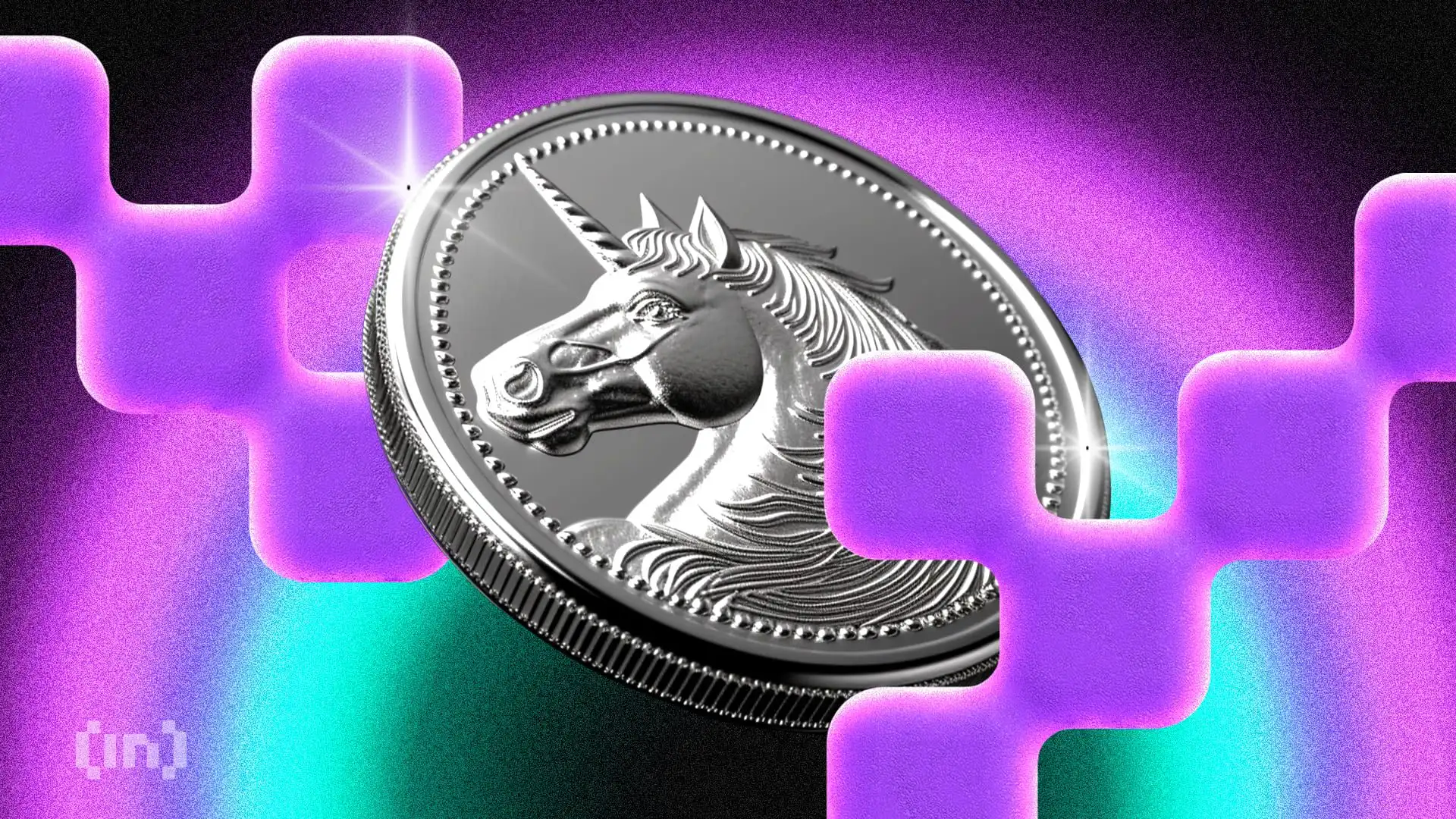Uniswap (UNI) price analysis: Despite recent gains, UNI is still below its all-time high. Can it rally further and breach key resistance levels?
The recent performance of Uniswap (UNI) has been impressive, with the token experiencing a notable upward trend over the past five weeks. Despite registering a substantial 164% increase in value, Uniswap has yet to surpass its previous all-time high.
To reach new record highs, Uniswap will need to overcome certain hurdles. Currently trading at $15.82, the token has shown a remarkable 25% surge within the last 24 hours alone. However, this surge is still not enough to surpass its peak of $42.66, which was reached back in April 2021.
While achieving such a massive rally may seem uncertain given Uniswap's recent surge, there is potential for further growth. If Uniswap manages to break through the resistance level at $19.20 and establish it as a support level, it could pave the way for further upward movement, possibly even breaching the $20 mark.
This positive momentum has bolstered market confidence, with investors increasingly inclined towards accumulation rather than selling off their holdings. This shift is evident in the decreasing supply of UNI on exchanges, indicating a bullish sentiment among investors.
Notably, the surge in Uniswap's price is accompanied by a significant increase in activity on the Uniswap decentralized exchange (DEX). The platform has witnessed a surge in daily trading volume, surpassing $6.3 billion in the last 24 hours.
This surge in activity is remarkable, as it not only marks the highest volume in the past month but also the highest in over three months. Despite the potential for a correction following such significant rallies, Uniswap users remain confident in the token's future prospects.
However, it's essential to acknowledge the risks associated with Uniswap's current price levels. The Market Value to Realized Value (MVRV) ratio, which assesses the average profit or loss of investors who bought an asset, stands at 44% for Uniswap over the past 30 days.
This suggests that recent investors are holding onto significant profits, which could prompt them to sell off their holdings and trigger a potential sell-off. Historically, Uniswap has experienced notable corrections when the MVRV ratio enters the 11% to 33% range, which is often considered a "danger zone."

